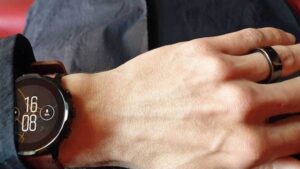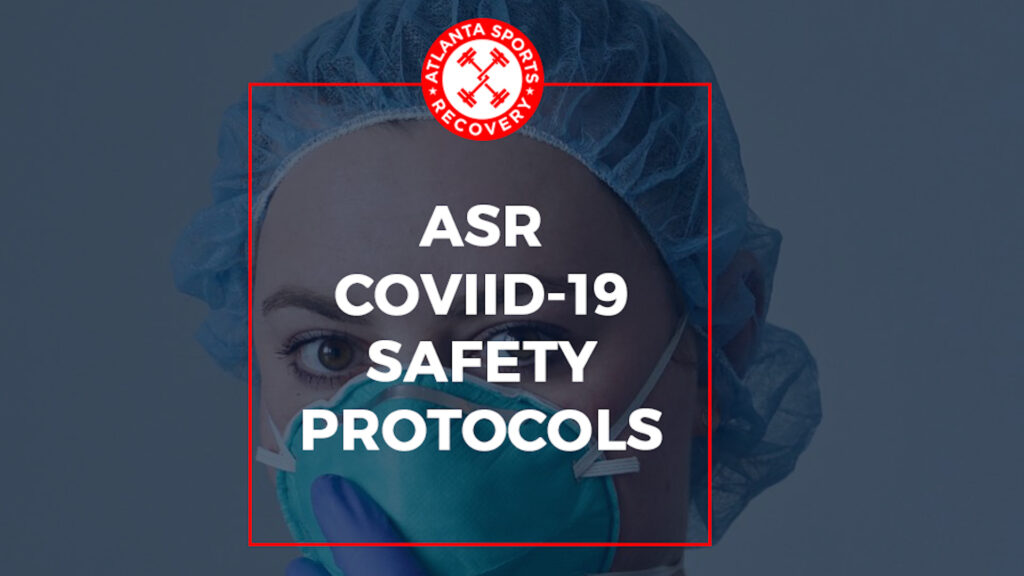If something is not observable, measurable, and repeatable, it is not scientific. For years recovery has been something that is sketchy science at best. Usually, people used the “how are you feeling surveys” to measure. Unfortunately, this produced poor results and often led to a bad outcome as feelings fluctuate rapidly and wildly based on a million factors.
Luckily for us, the nerds out there (read brilliant PhDs) have researched the topic of recovery to death, and we now have three good ways to measure how recovered you are.
Before we move any farther, you need to understand what science is measuring with recovery.
We do NOT measure your tissue health (muscles, tendons, ligaments) or the readiness of your physical body to train. Tissue health can only be measured through blood draws, tissue biopsy, and motion/strength testing range.
We ARE measuring the readiness of the part of your nervous system that controls breathing, muscle contraction, hormone synthesis, etc. (called the autonomic system) and how ready it is to make your body perform.
So the tests below are a measure of your brain and spinal cord and NOT your musculoskeletal, mental, or emotional readiness (often called how you consciously feel).
The 3 Tests Of How Ready You Are To Train/Perform

Grip Strength Test
Grip strength has been determined to be a considerable measure of how ready you are to perform. So a simple way to measure this is to do the following.
Take the scale out of your bathroom
On a day you have slept 8 hours and haven’t drunk alcohol, squeeze it as hard you can for:15.
Write down how much weight in LBs you could hold.
When you wake up in the morning, pinch the scale for 15; if the force generated is 20% less than your benchmark, you are not ready to train hard and do an easy day.

C02 Tolerance Test
This test is a great way to see how stressed your system is and if you are ready to process and utilize oxygen. It also will tell you if anxiety, work/life stress are going to damage your performance.
BIG THING: do not look at the measurements before doing this, and don’t sit with empty lungs watching your stopwatch until you get to the “elite” level. That is a measure of how competitive you are and not a measure of your physiological readiness.
Carbon Dioxide is the metabolic stress messenger of the human body. Your body is constantly predicting how much energy you need to deal with stress and how much more stress you can take! Get ahead of the curve with this powerful metric for stress and resilience.
The CO2 Tolerance Test is a gateway to understanding how you respond to stress. Initially used by freedivers and developed through extensive trials and applications, including in conjunction with Stanford University’s Huberman Lab, this test has been proven to be a powerful indicator of stress response, autonomic control, and breath mechanics.
Directions for Test:
- Get a stopwatch
- All breaths are through your nose only
- Take three normal nasal breaths
- Take one more full nasal to inhale and fill your lungs all the way
- Start to nasal exhale, start your timer
- Exhale through your nose as slowly as you possibly can, for as long as you can
- DON’T hold your breath or swallow. If that happens, stop your timer
- When you have no air left to exhale, stop your timer
>80 seconds –> Elite. Reflects an advanced pulmonary adaptation, excellent motor control, and low arousal.
60-80 seconds –> Advanced. Reflects a healthy pulmonary system, good motor control, and relatively low arousal.
40-60 seconds –> Intermediate. This range generally improves quickly with a focus on CO2 tolerance training.
20-40 seconds –> Average. Moderate to high arousal state. Breathing mechanics need improvement.
<20 seconds –> Poor. Very high arousal and stress sensitivity.

HRV Monitoring
Heart Rate Variability has become the new standard in measuring your brain & cord. Expensive devices like the Whoop & Oura Ring measure the difference between your highest heart rate and lowest (while sleeping). The higher the contrast, the better your score. The better your score, the more recovered your nervous system is and the more likely you are ready to perform. If you want to measure your HRV, you have to get one of these devices. They are fantastic. However, there are two problems with these devices you should be aware of:
The HRV is accurate, but the “readiness” rating their apps give about 60% correct (1).
The readiness score can mess with your psychology (more below) and create false positive or negative beliefs. The HRV is a measure of how well recovered your central nervous system is. It s not a measure of how you feel. Right now, there is NO correlation in the research to how ready your CNS is to how you mentally/emotionally feel. This means you can “feel” unique, but your brain and cord may not be prepared to train.
So what do you do with all of this nerdy info? If you train hard (CrossFit, Jiu-Jitsu, Run, Endurance sports, or field sports), start tracking one of these metrics for a month. When you notice that your nervous system recovery is off, begin taking measures to fix it. Get more sleep, change your diet, drink less booze, get relaxing soft tissue work, etc. and then see what helps you regain your readiness.
Doing this will help you perform better.
I will leave you with this. The tests above are for your central nervous system. They are doing NOTHING to address the physical body (muscle, tendons, etc.). When you are experiencing those issues, PLEASE do not try to use CNS recovery methods to fix it or look at your Whoop score as the reason you are injured. Having a high recovery score will not improve your shoulder mobility limitation. When you have those issues, you need to see one of the providers at ASR or me.
References:
1. https://www.elitefts.com/education/use-a-hand-dynamometer-to-measure-your-recovery/
2. https://www.ncbi.nlm.nih.gov/pmc/articles/PMC6033494/
3. Many studies on grip strength as it relates to the nervous system in stroke patients
4. https://pubmed.ncbi.nlm.nih.gov/?term=reliability+of+hrv+monitors
5. https://shiftadapt.com/breath-test-calculator/



